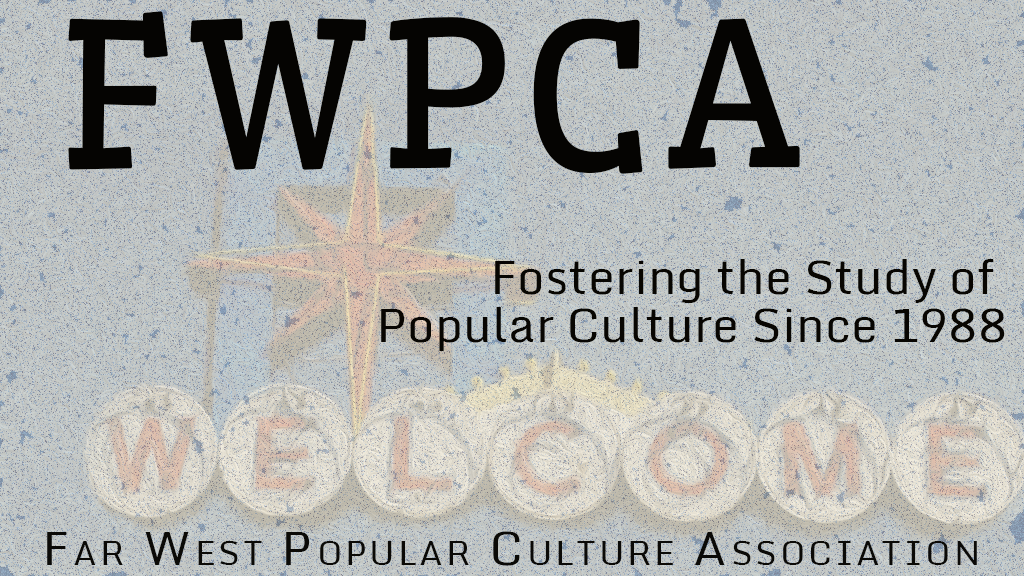Presentation Type
Paper
Abstract
A cultural phenomenon we are all unfortunately familiar with is terrible movies. By terrible movies I mean the kind that lack any semblance of structure, movies in which the characters are flatly drawn, the storylines are predictable, and the writing is especially bad. More specifically, I am interested in why these movies seem to be breeding without end and are no longer relegated to (maybe they never were) the low budget genre films some of us love to hate. I am talking here about the relatively new phenomena of the high-budget, popular-yet-terrible film.
Specifically, I am interested in applying Structuralism, recent studies in neuroscience (especially studies on empathy and facial recognition), cultural theories, and classical conditioning to explain the staying power of some of these films. Modern films, in order to avoid joining the ranks of famous flops like Speed Racer, The Mummy (the one with Tom Cruise), and Steel, have moved beyond the use of traditional storytelling elements (plot, character, tone, etc.) in favor of strategies that rely instead on an audience’s preconditioned responses as cradle-to-grave consumers of media. These strategies also involve high-jacking the brain’s evolutionary pro-social responses to imagery, vibration, and rhythm. These films, with some help from other forms of media, have become especially insidious memes that are in turn dictating our responses to their quality by removing audience agency.
Keywords
film theory literature popular culture
Peripheral Storytelling: Cinematic Structures and Audience Agency
A cultural phenomenon we are all unfortunately familiar with is terrible movies. By terrible movies I mean the kind that lack any semblance of structure, movies in which the characters are flatly drawn, the storylines are predictable, and the writing is especially bad. More specifically, I am interested in why these movies seem to be breeding without end and are no longer relegated to (maybe they never were) the low budget genre films some of us love to hate. I am talking here about the relatively new phenomena of the high-budget, popular-yet-terrible film.
Specifically, I am interested in applying Structuralism, recent studies in neuroscience (especially studies on empathy and facial recognition), cultural theories, and classical conditioning to explain the staying power of some of these films. Modern films, in order to avoid joining the ranks of famous flops like Speed Racer, The Mummy (the one with Tom Cruise), and Steel, have moved beyond the use of traditional storytelling elements (plot, character, tone, etc.) in favor of strategies that rely instead on an audience’s preconditioned responses as cradle-to-grave consumers of media. These strategies also involve high-jacking the brain’s evolutionary pro-social responses to imagery, vibration, and rhythm. These films, with some help from other forms of media, have become especially insidious memes that are in turn dictating our responses to their quality by removing audience agency.



Comments
My paper also utilizes poststructuralist theory.